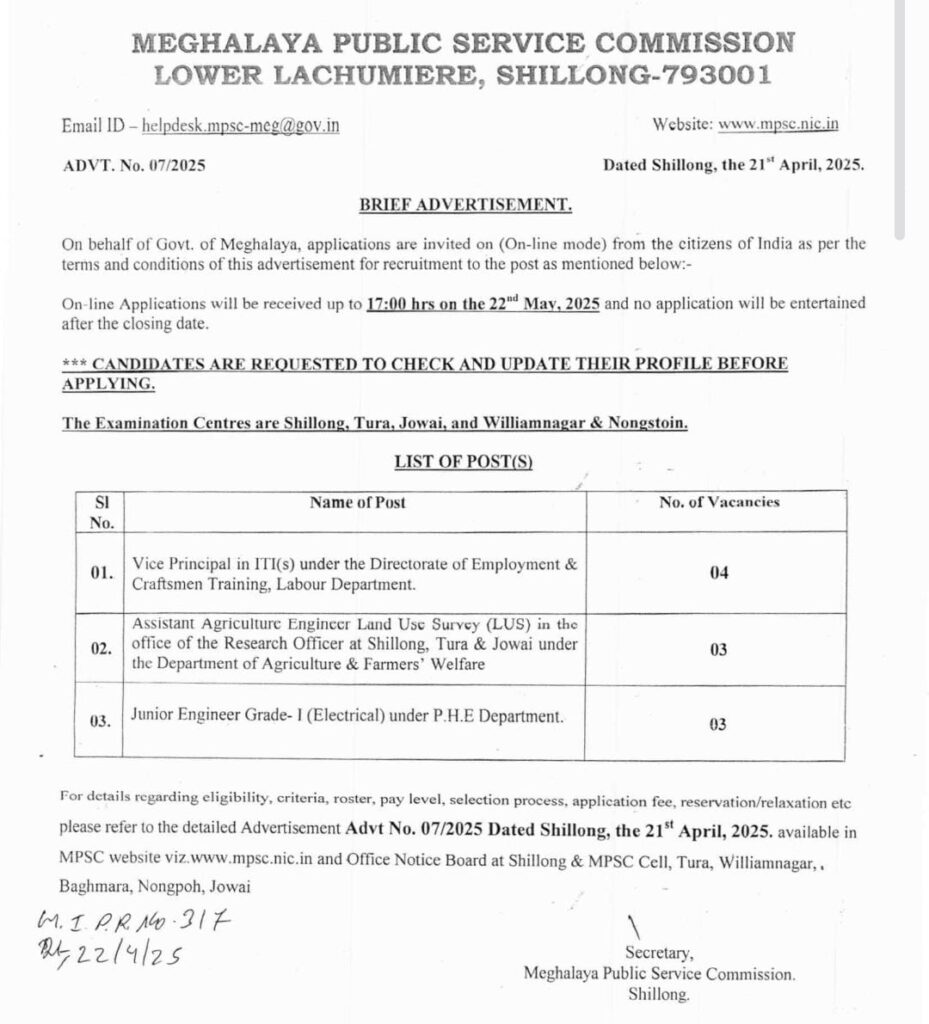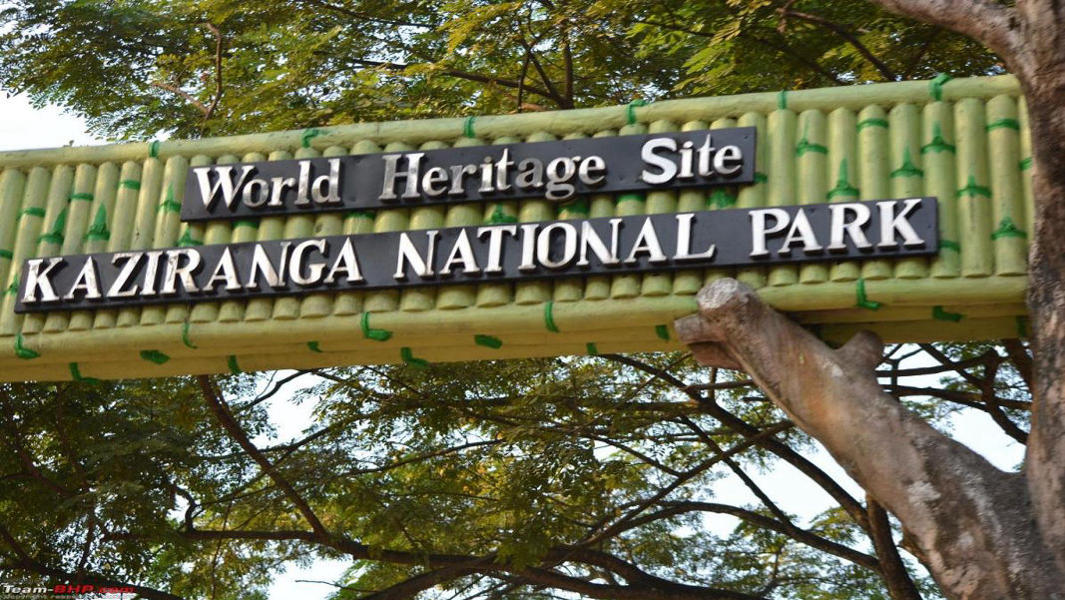Guwahati, April 23: In a major policy reversal, the Assam government has formally withdrawn its proposal for an Integrated Eco-Sensitive Zone (ESZ) around the Kaziranga National Park and Tiger Reserve (KNP&TR), citing the potential socio-economic hardships it could inflict on lakhs of residents and unsettled community rights.
The move was communicated to the Centre through a letter dated April 22, 2025, by Assam’s Chief Secretary Dr. Ravi Kota, addressed to the Ministry of Environment, Forest and Climate Change. The withdrawn proposal, initially submitted in May 2024, sought to declare an expansive 3600 sq. km area — encompassing eight protected areas and nearly 340 villages across five districts — as a single integrated ESZ.

“This proposal, if implemented, would have directly impacted around 5 lakh people, including Scheduled Tribes, Scheduled Castes, and economically weaker sections,” the letter stated. It noted that several of the park’s additions were still in the proposed stage, with boundaries unsettled for decades, some since 1985.
The government expressed concern that a sweeping ESZ could obstruct local development, jeopardise critical public infrastructure, and displace communities reliant on agriculture, tea estates, and rural livelihoods. Over 8000 hectares of tea cultivation land employing more than 25,000 workers fall within the affected area.
The National Environment Policy (2006) defines Eco-Sensitive Zones as areas/zones with identified environmental resources having incomparable values which require special attention for their conservation because of their landscape, wildlife, biodiversity, historical and natural values. To protect the environment and the biological integrity of the area outside the protected areas and other such areas where an ecosystem has been adversely affected due to anthropogenic and climatic factors, the Ministry of Environment, Forest and Climate Change has been declaring such areas as Eco-sensitive zones/ areas.

The concept of Eco Sensitive Zone was conceived during the XXI meeting of the Indian Board for Wildlife held on 21st January, 2002, when the Wildlife Conservation Strategy, 2002 was adopted. The point no.9 envisaged that “lands falling within 10kms of the boundaries of national parks and sanctuaries should be notified as eco-fragile zones under section 3(v) of the Environment (Protection) Act, 1986 and Rule 5, sub-rule (viii) and (x) of the environment (Protections) Rules”. The National Wildlife Action Plan (NWAP) (2002-2016) indicated that ‘Areas outside the protected area network are often vital ecological corridor links and must be protected to prevent isolation of fragments of biodiversity, which will not survive in the long run.
The Comptroller & Auditor General (CAG) of India, in its report “Performance Audit of Kaziranga National Park – Issues and Challenges in 2015 had already pointed out on presence of brick kilns and crushers within 10 km of the boundary of the national park.
“Non-declaration of the ESZ for such a long period had a direct bearing on such activities detrimental to the well-being of the animals. The dangerous trend, if not checked immediately and permanently, could lead to irreversible
impact on conservation and protection of wildlife with the potential threat that in case of a major flood, the majority of the internationally acclaimed species One one-horned Rhinos, would be wiped out forever,” the audit agency had pointed out.

“Implementing such a vast, integrated ESZ without resolving these fundamental boundary and community issues would severely obstruct development and create long-term socio-economic distress for already vulnerable communities,” the letter from Assam Chief Secretary says in the letter.
Instead, the letter says the Assam government will now pursue separate ESZ proposals for each protected area and Kaziranga’s additions, tailored to their unique ecological and socio-economic contexts.
Also Read: NPP Farmers’ Front seeks hike in broomstick prices, urgent action on arecanut disease
Also Watch
Find latest news from every corner of Northeast India at hubnetwork.in, your online source for breaking news, video coverage.
Also, Follow us on-
Twitter-twitter.com/nemediahub
Youtube channel- www.youtube.com/@NortheastMediaHub2020
Instagram- www.instagram.com/ne_media_hub
Download our app from playstore – Northeast Media Hub





